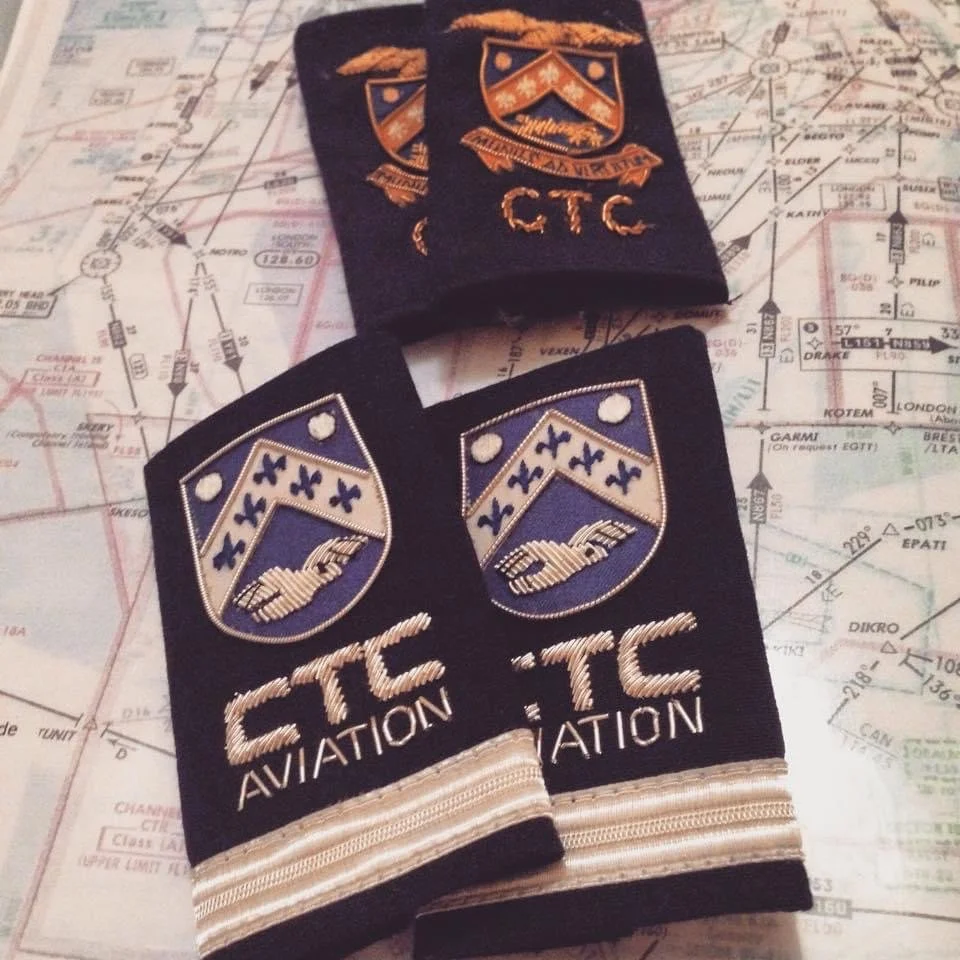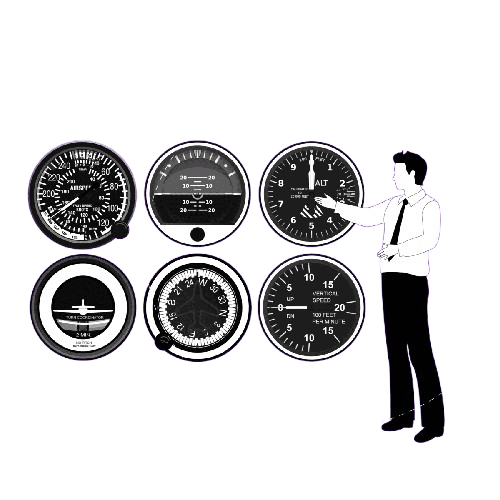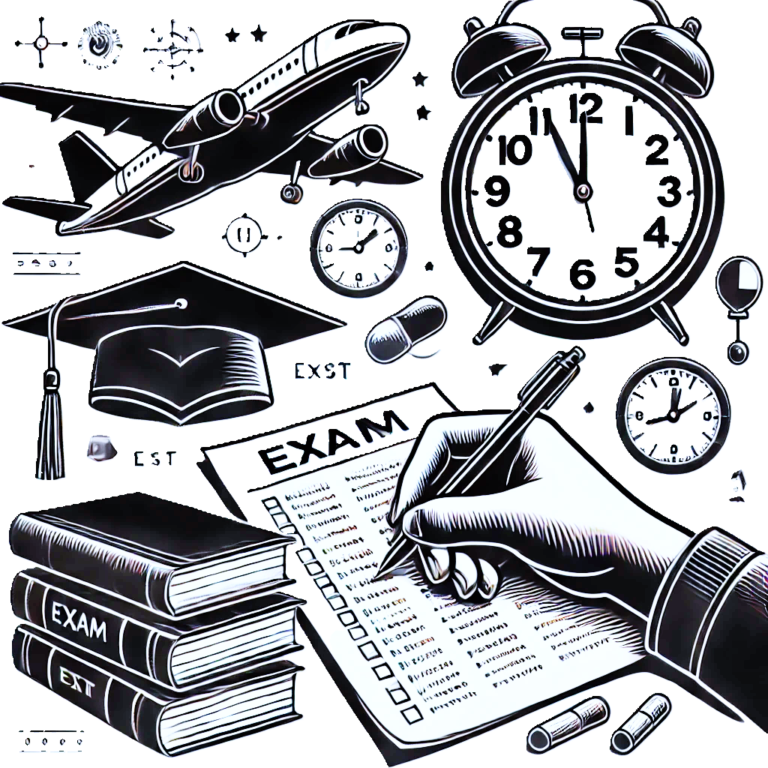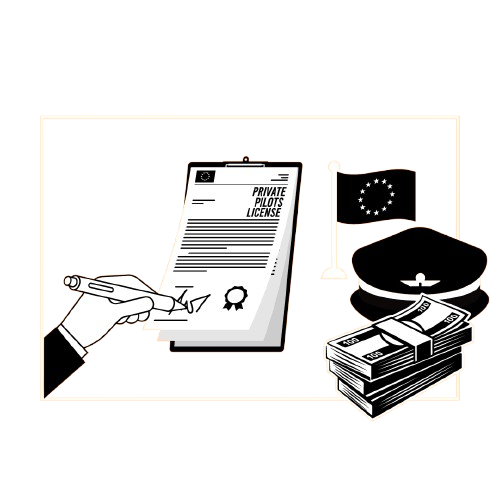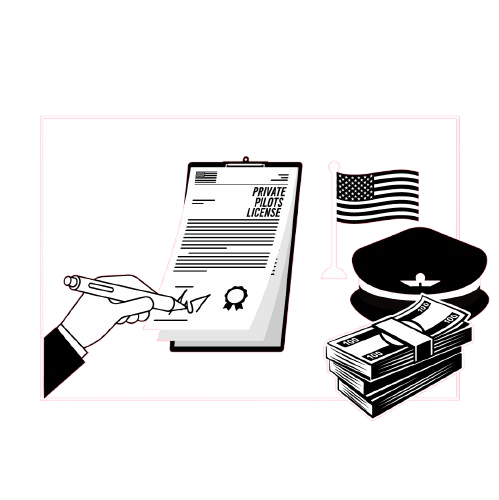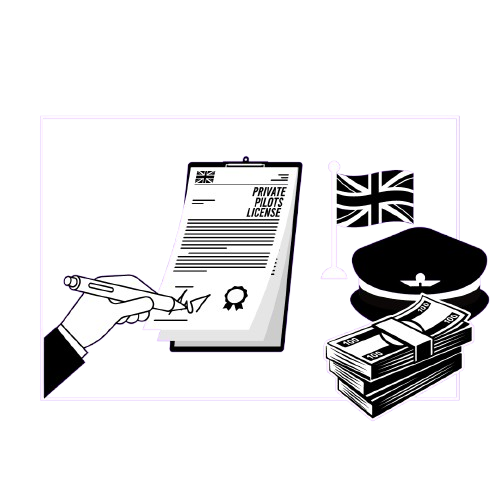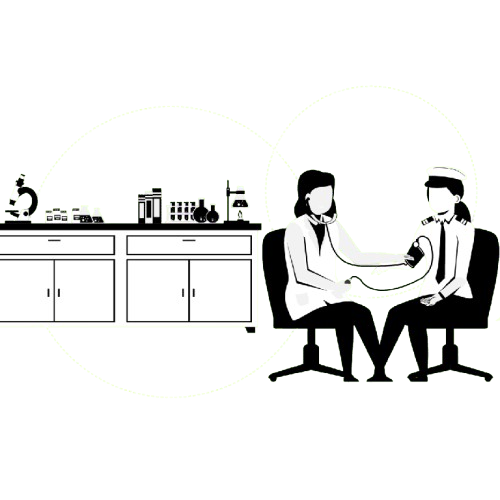The Instrument Rating Phase. My Experience And How To Do It
The next stage of pilot training is completing your Instrument Rating, thus giving you a full Commercial Pilot’s License with an Instrument Rating (CPLIR).
Irrespective of the flying school, the pilot training required to achieve an instrument rating is a big step up from the flying you may have previously experienced.
This blog post is part of our extensive How To Become A Commercial Pilot Guide. You’ll find a wealth of information about finding the best flight school, different pilot training routes, and passing assessment tests and much more!
What Is The Instrument Rating Like? Commercial Pilot Training
Cadets are expected to take responsibility for their learning far more when completing their instrument rating and are expected to come to every flying lesson fully prepared.
All flying to achieve your instrument rating involves refining the skills developed during your previous flying hours.
You will find yourself studying airport charts, planning routes, noting down frequencies and studying the different approach techniques to ensure that the flying is as accurate as possible.
Throughout your pilot training for the instrument rating, you will be assessed on how accurate your flying is, as strict limitations are allowed when operating.
Although it’s hard work, we found ourselves having the majority of weekends free, which was brilliant for catching up with life and get ahead on revision for the following week.
How Long Does The Instrument Rating Take?
The pilot instrument rating can take two to four months to complete, depending on how many hours you already have and the course format.
If you’re doing the modular form, this is a part of the training that I would advise you to try and do over a shorter period simply because you want to keep your flying skills sharp and your knowledge of procedures.
What’s The Structure?
Most flight schools have cadets start in simulators.
In the simulator, your capacity will be much higher than when flying. This means you can focus on the new procedures instead of worrying about safely operating the aircraft.
By the time you get to your pilot instrument rating, you will already have a rock-solid foundation for handling the aircraft.
However, the best thing about instrument rating is that, although challenging, you can prepare and practise the techniques on the ground by using ‘armchair flying’.
This method of practising/preparing is one that I capitalised on massively. As the name suggests, it involves you sitting in a chair from the comfort of your home and mentally going through how you will fly each approach/hold/departure/etc.
I can’t stress the importance of preparing on the ground, particularly regarding your Instrument Rating test.
I won’t go through everything you are required to do during your Instrument Rating in this post.
It was an incredibly challenging test. But with hard work and preparation, it is more than doable. Upon completing this test, you are awarded your Commercial Pilots Licence with an Instrument Rating! In addition, you now have your frozen ATPL!
